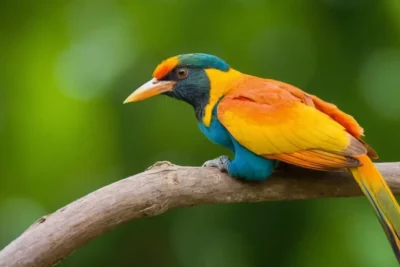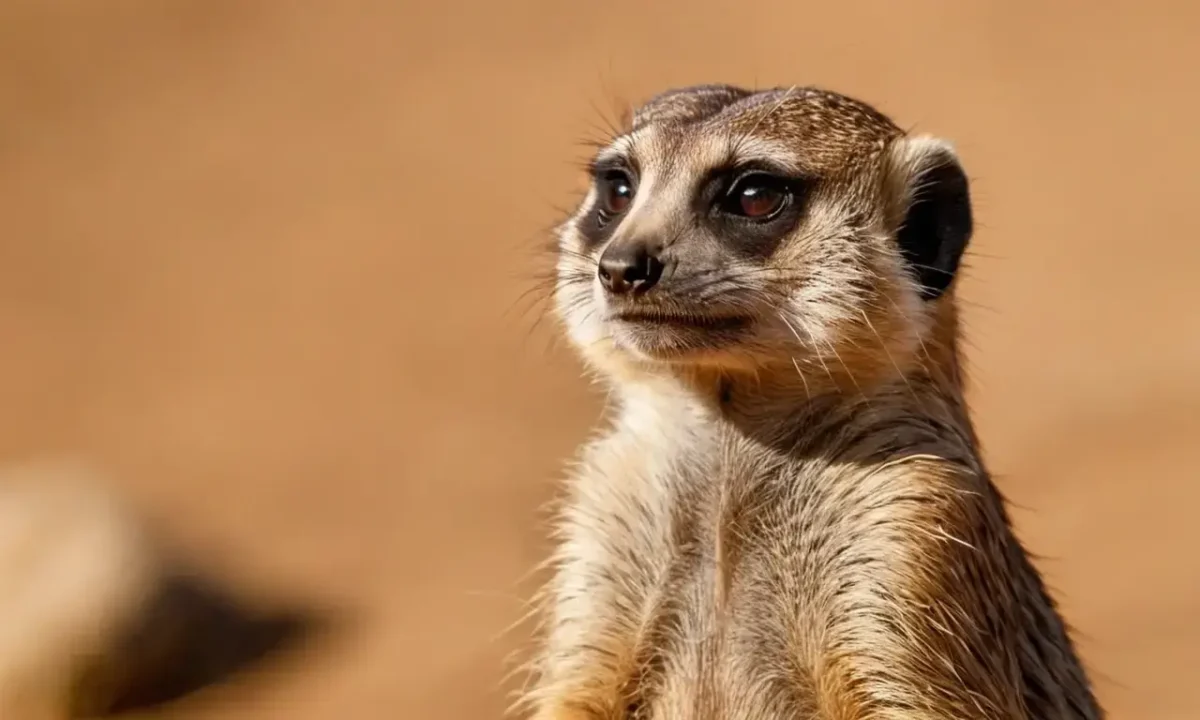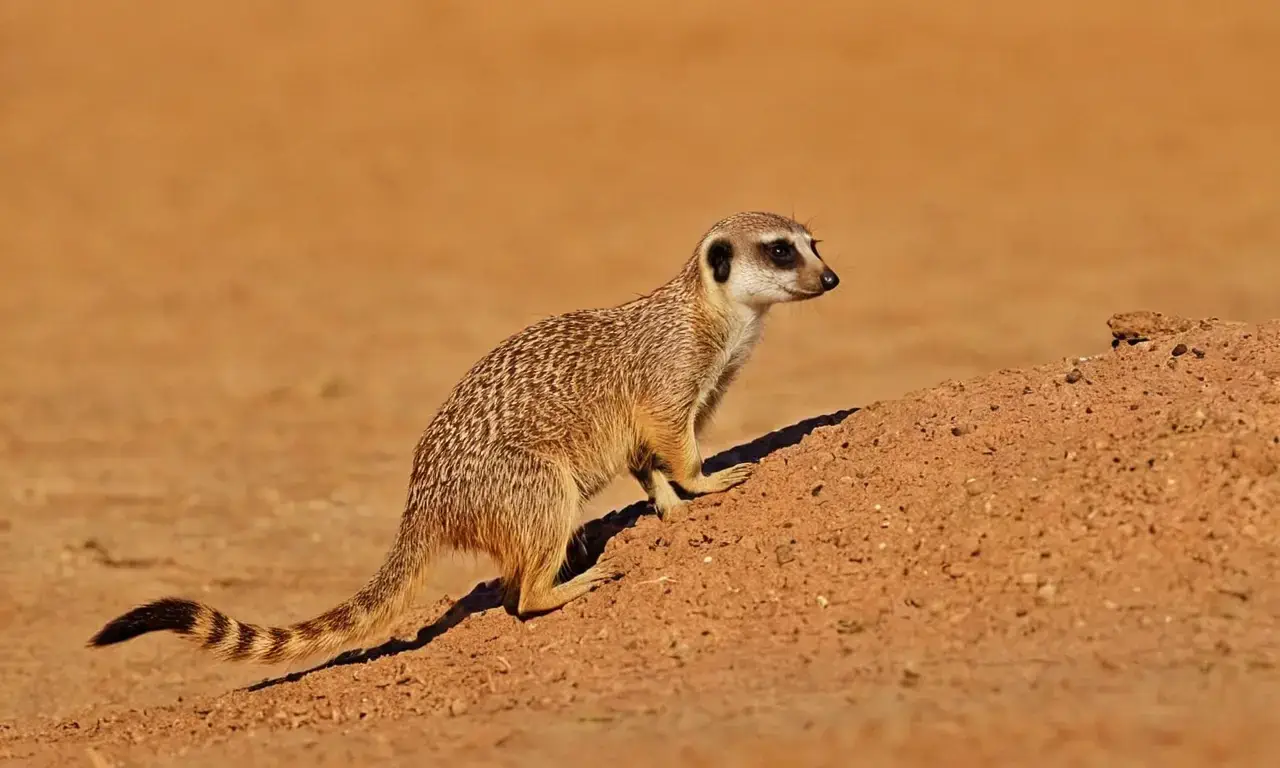
Meerkats: Insectivorous Sentinels of the Savannah

Meerkats, known scientifically as Suricata suricatta, are small, social mammals that inhabit the savannas and grasslands of southern Africa. These fascinating creatures have captured the hearts of many with their unique appearance, intriguing behavior, and remarkable adaptations to their environment. As we delve into the world of meerkats, it becomes clear that understanding their diet is crucial in appreciating their overall biology and ecological role.
This article aims to provide a comprehensive overview of the meerkat's life, covering various aspects such as their meerkat diet, habitat preferences, social structure, burrowing behavior, sentinel system, predators, adaptations, reproduction, conservation status, interesting facts, threats, distribution, physical characteristics, communication methods, life cycle, and evolutionary history. By exploring these topics in depth, we will gain a profound understanding of what makes meerkats such remarkable creatures.
Diet
Meerkats are primarily insectivores, with their diet consisting of approximately 82% insects. This includes various types of ants, beetles, and other small arthropods that they forage from the ground using their sensitive noses. They also consume a significant amount of small mammals like rodents, which provide them with essential nutrients. Occasionally, meerkats will eat snakes, birds, and other invertebrates, making their diet quite diverse.
The meerkat diet varies seasonally, with changes in food availability affecting the composition of what they eat. During times when insects are scarce, meerkats may shift towards eating more small mammals or fruits if available. This adaptability is crucial for their survival and allows them to thrive in a variety of environments.
One fascinating aspect of meerkat feeding behavior is that they often cache food by storing it underground. This practice helps ensure that the group has access to food even when hunting conditions are poor, providing a safety net during times of scarcity. The social structure of meerkats plays a significant role in this caching behavior, as dominant individuals tend to control and distribute cached food among the group.
Habitat
Meerkats inhabit the savannas and grasslands of southern Africa, specifically in countries such as South Africa, Namibia, Botswana, and Mozambique. Their habitat is characterized by open spaces with scattered trees and bushes, which provide them with shelter and protection from predators. The terrain they occupy can vary greatly, ranging from flat plains to rocky outcrops.
The choice of habitat for meerkats is closely tied to the availability of food resources. Areas with high concentrations of insects are particularly attractive to these animals. Additionally, their preference for open spaces allows them to maintain a clear view of potential threats and competitors, which is crucial in their social dynamics.
Meerkat colonies often establish themselves near water sources or areas with abundant vegetation, as these provide essential resources for survival. Their ability to adapt to different environments has allowed them to thrive in various parts of their range, making them one of the most widespread small mammal species in southern Africa.
Meerkats live in complex societies that are typically made up of several females and a dominant male. This social hierarchy is crucial for maintaining order within the group and ensuring the survival of all members. Dominant males play a significant role in defending their territory from other meerkat groups, as well as protecting their colony from predators.
The social structure of meerkats also involves cooperative behavior among group members. For example, when one member spots food, it will often call out to others, allowing the entire group to benefit from this discovery. This level of cooperation is rare in many animal species and highlights the unique bond within meerkat colonies.
Female meerkats are known for their strong social bonds with each other, which can last a lifetime. They work together to care for young and maintain the colony's home, demonstrating a high level of trust and communication among group members. This intricate social structure is one of the key factors that contribute to the success of meerkat colonies.
Burrowing Behavior

Meerkats are renowned for their impressive burrowing skills, which they use to create complex underground tunnels and chambers. These burrows serve as shelters from extreme weather conditions, predators, and rival groups. The construction of these burrows is a communal effort, with all members contributing to the digging process.
The burrow system can be quite extensive, featuring multiple entrances and exits that allow meerkats to move undetected through their territory. This network also provides them with a safe place to rest, give birth, and care for young without being exposed to potential threats.
Interestingly, meerkat burrows are often marked by the presence of sentinel meerkats standing guard at the entrance. These sentinels play a critical role in protecting the colony from predators, as they can quickly sound an alarm if danger is spotted. This system allows other members of the group to remain safe while foraging or resting.
Sentinel System
One of the most fascinating aspects of meerkat behavior is their sentinel system. A sentinel meerkat will stand watch at a strategic location, usually near the burrow entrance, and scan its surroundings for potential threats. This vigilant member acts as an early warning system, alerting other group members to any danger through vocalizations.
The sentinel's role is crucial in protecting the colony from predators such as martial eagles, jackals, and snakes. By standing watch, they allow their fellow meerkats to continue with daily activities like foraging without worrying about being attacked. This cooperative behavior demonstrates a high level of social organization among meerkat groups.
The sentinel system also involves a rotation of duties, ensuring that each member gets a turn to rest while others take on the responsibility of watching over the colony. This shared duty allows all members to contribute and ensures the group's overall safety and well-being.
Predators
Meerkats have several natural predators in their environment, including martial eagles, jackals, and various species of snakes. These predators pose a significant threat to meerkat colonies, particularly young or vulnerable individuals.
Martial eagles are known for their powerful talons and sharp eyesight, making them formidable hunters. Jackals, on the other hand, are opportunistic feeders that will attack meerkats if they encounter them. Snakes, especially venomous species like cobras and puff adders, can also be a threat to meerkat colonies.
To mitigate these risks, meerkats have developed various strategies for defense. Their sentinel system provides an early warning mechanism, allowing the group to respond quickly to potential threats. Additionally, their burrowing behavior offers protection from predators that might not be able to access the underground tunnels and chambers.
Adaptations
Meerkats have evolved several adaptations that enable them to thrive in their environment. One of the most notable is their ability to stand upright on their hind legs, allowing them to survey their surroundings more effectively. This posture also helps them to communicate with other group members over long distances.
Their fur coloration and pattern serve as camouflage in their open habitat, making it easier for them to blend into their surroundings and avoid detection by predators. Furthermore, meerkats have a highly developed sense of smell that aids them in detecting food sources and potential threats.
Another significant adaptation is their ability to live in groups. This social behavior not only provides protection but also allows them to share resources and knowledge about the environment. The collective experience and vigilance of group members contribute significantly to their overall survival and success.
Reproduction
Meerkats are polygynous, with dominant males mating with multiple females within a colony. Female meerkats typically give birth to litters of two to four pups after a gestation period of approximately 70 days. The female takes care of the young, nursing them and teaching them essential survival skills.
After about six weeks, the pups begin to venture out of their burrow with their mother's guidance. During this time, they learn important behaviors such as foraging and recognizing potential threats. Female meerkats often form close bonds with each other, which can last a lifetime, and these relationships are crucial in raising young together.
The reproductive strategy of meerkats is designed to ensure the survival of the colony. By having multiple offspring and relying on cooperative behavior among females, they increase their chances of success and minimize risks associated with predation or environmental challenges.
Conclusion
Meerkats are fascinating creatures that have adapted to life in the open savannas and grasslands of southern Africa. Their complex social structure, impressive burrowing skills, and sentinel system all contribute to their remarkable survival strategies. By understanding these behaviors and adaptations, we can appreciate the intricate relationships within meerkat colonies and the importance of cooperation in ensuring their success.
Their ability to thrive in a challenging environment is a testament to the resilience and intelligence of this species. As we continue to learn more about meerkats and their behavior, we are reminded of the beauty and complexity of life in the natural world.
Leave a Reply





Related Links